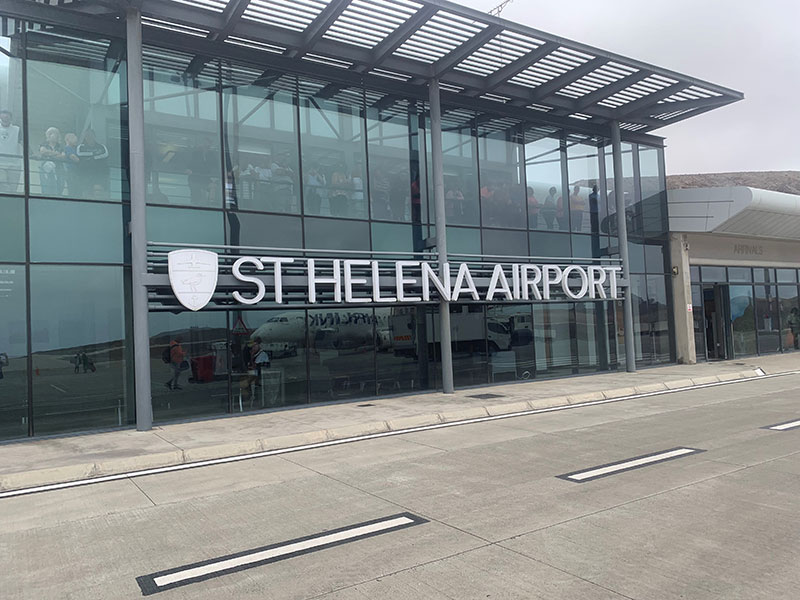HM Revenue and Customs’ performance in answering telephone calls in 2008-09 was well below its own targets and industry standards, the National Audit Office has reported today. In its Customer Contact Directorate, which answers 95 per cent of calls to the Department’s contact centres, only 57 per cent of 103 million call attempts were answered, compared with 71 per cent in the year before and an industry benchmark of over 90 per cent.
Jump to downloadsRecognising that this level of performance was unacceptable, the Department launched initiatives to improve its management of caller demand. There have been signs of significant improvement in 2009-2010, with the percentage of calls answered rising to 73 per cent in the first half of the year. The Directorate has introduced a change programme with the aim of answering 90 per cent of calls at around 30 per cent less cost by March 2012.
Call volumes vary greatly throughout the year reflecting the flow of work on individual taxes and benefits and associated statutory deadlines. The number of calls per month in 2008-09 ranged from four million to 17 million. Consequently performance in answering calls also varied throughout the year, with 33 per cent of calls answered during the tax credit renewals peak (July) and 85 per cent of calls answered in December.
Overall staffing levels do not fluctuate in line with call volumes and consequently, in 2008-09, the monthly average cost per call answered ranged from around £2.50 to over £5. The percentage of contact centre staff time actually spent on customer contact or follow-up work was 38 per cent. This does not appear out of line with other central government agencies but is well below a best practice industry benchmark of 60 per cent.
The NAO estimates that, by halving the 35 per cent of contact with customers that the Department considers to be avoidable and better use of its resources, the Department could answer 90 per cent of calls and achieve a substantial reduction in its costs.
The Directorate measures the quality of its work against three standards. Eighty-nine per cent of calls met its standard on accuracy of advice and 94 per cent met standards on both appropriate security checks and correctness of follow-up action. The Directorate has introduced measures to improve these scores, particularly on accuracy. Improving quality is likely to bring benefits in people getting their tax and benefit affairs right and reducing repeat enquiries.
"HMRC seems to be going in the right direction seeking strategic savings by reducing face to face interaction where the job can be done by telephone or online. However, this may not be much comfort if yours was one of the 43 per cent of calls which did not get an answer in 2008-09. HMRC needs to get telephone service standards up significantly if the transition to technology-enabled working is to have taxpayer support and deliver value for money."
Amyas Morse, head of the National Audit Office
Downloads
- 0910211es.pdf (.pdf — 93 KB)
- 0910211.pdf (.pdf — 445 KB)
- 0910211_Scope_Methodology.pdf (.pdf — 118 KB)
Publication details
- ISBN: 9780102963403 [Buy a hard copy of this report]
- HC: 211, 2009-10



